
Breslev Customs and Practices
Much has been lost; but with Hashem’s mercy, much has survived. Aside from what we have in writing from Reb Nosson the Rebbe’s scribe and foremost disciple, sources for the...

Le‘ilui nishmat Leib ben Yitzchak Ya’akov Sears, a”h – Yartzeit: 30 Shevat, Rosh Chodesh Adar
Le’ilui nishmat Yosef ben Shmuel Zeitlin, a”h –
Yartzeit: 18 Menachem Av
We are excited to present to you our new series on the minhagim and hanhagot tovot of Breslev. We hope you will find this material as fascinating and informative as we did. Enjoy!
Introduction
In response to many requests for this information, we have collected a number of minhagim (customs) and hanhagot tovot (good practices) from various branches of the Breslev community. A great deal of research has gone into this project. Initially we had intended to simply provide the few basic Breslev minhagim that have survived the passage of time, with all the persecutions and upheavals which the Breslever Chassidim endured, plus those that represent the branch of Breslev we are most familiar with: The Tzefat Breslev community founded by Rabbi Gedaliah Aharon Kenig (1921-1980).
However, as the project developed, and we spoke with a broader spectrum of Breslever Chassidim from different quarters, our focal point changed. The final result is both a practical work and a historical one, which includes diverse and sometimes contradictory traditions, as well as minhagim that changed due to various outside influences. Thus, we have entitled our work “Breslev Eikh she-Hu: Breslev The Way It Is.” Certainly, there is a Breslev mesorah; however, in many details of religious life, we see from the examples cited here that it is not “etched in stone.”
Our teacher, Rabbi Elazar Mordechai Kenig, leader of the Tzefat community today, was kind enough to review this compilation as it began to take shape during the summer of 5765/2005, and subsequently when he visited the United States during 5766/2006. However, it was impossible to go over every detail. Therefore, any inadvertent errors that may have crept in are our own.
Diverse Sources of Customs
A number of customs and hanhagot tovot were established by Rebbe Nachman, zatzal (to whom we will refer hereafter as “the Rebbe”). In addition, minhagim mentioned in the Breslev literature or otherwise followed by Breslever Chassidim, include some from the Baal Shem Tov, in whose family circle the Rebbe was born and raised; generic Ukrainian Chassidic minhagim; and customs from other places to which Breslever Chassidut eventually spread, especially Poland and Eretz Yisrael; and personal minhagim of various Breslev leaders. If it had not been for the massive destruction and flight of Eastern European Jewry, both as a result of the Russian Revolution and the Holocaust, our written traditions and especially oral traditions and other “spiritual intangibles” would have been far better preserved.
Much has been lost; but with Hashem’s mercy, much has survived. Aside from what we have in writing from Reb Nosson, the Rebbe’s scribe and foremost disciple, sources for the customs and traditions collected here are Breslever leaders of more recent generations, particularly Rabbi Avraham Sternhartz (1862-1955), who was Rabbi Gedaliah Kenig’s teacher. Reb Avraham’s mesorah is represented today by the Tzefat community, as well as by the Ohr Avraham kehillah in Yerushalayim, founded by Rabbi Moshe Burshteyn. Another major link in the chain of Breslev tradition is Rabbi Avraham ben Nachman Chazan (1849-1917), author of Biur ha-Likkutim, Kokhvei Ohr, and other works, who is also represented here.
Inevitably there are occasional discrepancies between various mesorahs, and even within the same mesorah, which we have indicated. We have also added a number of personal customs of Rabbi Gedaliah Kenig and Rabbi Elazar Kenig, which may be special interest to members of the Tzefat community, as well as personal customs of other prominent Breslever teachers, past and present.
Si’ach Sarfei Kodesh
One of the key sources of information about the Breslev community in pre-war Uman was Rabbi Levi Yitzchak Bender, central figure of the Yerushalayim kehillah for more than thirty years. The major printed anthology of his mesorahs is the six-volume Si’ach Sarfei Kodesh. However, many who knew Reb Levi Yitzchok – including Rabbi Shmuel Moshe Kramer, Rabbi Meir Carlebach, Rabbi Moshe Bienenstock, Rabbi Avraham Shimon Burshteyn, Rabbi Avraham Moshe Wasilski, Rabbi Leibel Berger, and others – claim that this work was not prepared with sufficient care and contains numerous errors.
Moreover, some argue that Reb Levi Yitzchok said different things at different periods of his life, and there are certain internal contradictions in his mesorahs (e.g. see Rabbi Shmuel Moshe Kramer’s haskamah to Rabbi Chaim Kramer’s Ba-aish u-va-Mayim, Jerusalem 1996, which elliptically alludes to Si’ach Sarfei Kodesh). We are not in a position to evaluate any of this, and therefore have included many citations from Si’ach Sarfei Kodesh. However, whenever possible we have consulted Reb Levi Yitzchak’s talmidim for further corroboration.
Breslev Approach to Minhagim (Customs)
Rebbe Nachman of Breslev was not only the leader of a close-knit chaburah pursuing the highest spiritual ideals, but a universal figure. He spoke to all. Therefore, the movement he began has always been more accommodating of diversity than others. Even today, there is no pressure on those who seek to follow the Rebbe’s path in avodat HaShem to change personal customs such as their nusach ha-tefillah, nor are members of the Tzefat community obligated in any way to follow Rabbi Gedaliah Kenig’s personal customs, or those of his son, Rabbi Elazar Kenig. This is particularly true of Sefardic Breslevers, of whom there are many today. During our discussions of these minhagim, Reb Elazar Kenig often said: “Der ikkar darf men hobben a sakh a sakh yirat Shomayim . . . The main thing is to be deeply God-fearing.” All Jewish customs are holy, and one is no less of a Breslever if he keeps his family or community minhagim (i.e. Tzanz, Chabad, Oberland-Ashkenaz, GRA-Ashkenaz, Polish, Moroccan, Syrian, Yemenite, etc.). When we spoke with Rabbi Shimshon Barsky of Bnei Brak and others who come from families that have old Breslever mesorahs, they, too, reiterated this.
However, for those who would like to adopt minhagim that have a historical association with the Breslev community, especially ba’alei teshuvah who lack such family mesorahs, we have presented the minhagim of which we are aware. As we become aware of others, we will continue to update and expand this collection, with the help of HaShem. Moreover, kehillot must follow certain rules in order to remain stable and coherent, and in this respect the various Breslev communities are no exception. Thus, we have included many features of Breslever kehillah life as it is lived today, particularly in Eretz Yisrael. Some of these kehillah customs were imported from the Breslever enclaves of Uman, Tcherin, and Teplik, etc., while others are of more recent origin.
Since this work was designed for the Breslev Center website, we have woven together different minhagim, kavanot, general spiritual practices, and a few relevant stories, with source texts that appear in a smaller typeface below each section. However, if this work were ever to be published as a book, we would graphically separate the customs from other related material.
A final word of caution: Please remember that this is an adjunct to the Shulchan Arukh, not a substitute for it!
To be continued . . .
(With permission from The Breslov Center for Spirituality and Inner Growth http://www.nachalnovea.com)



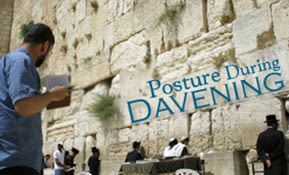
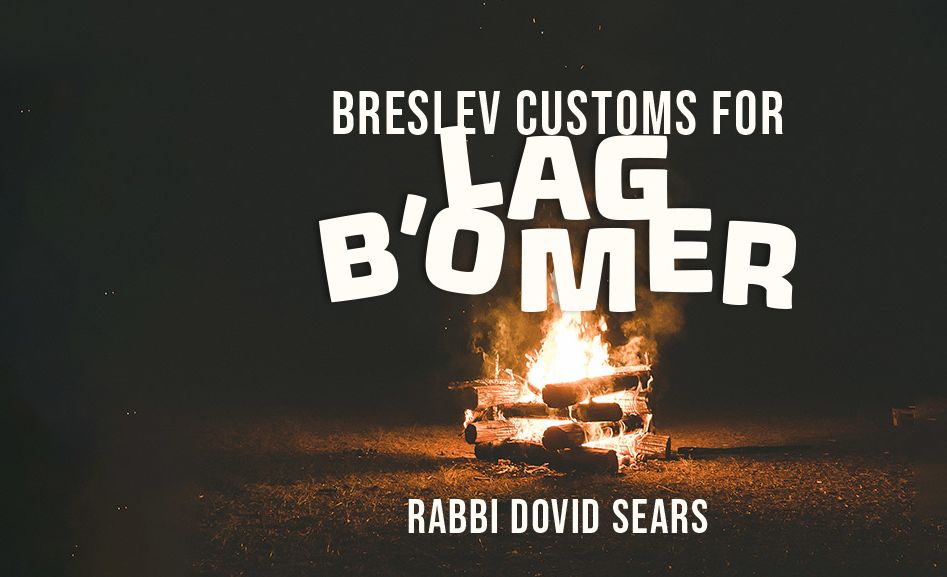
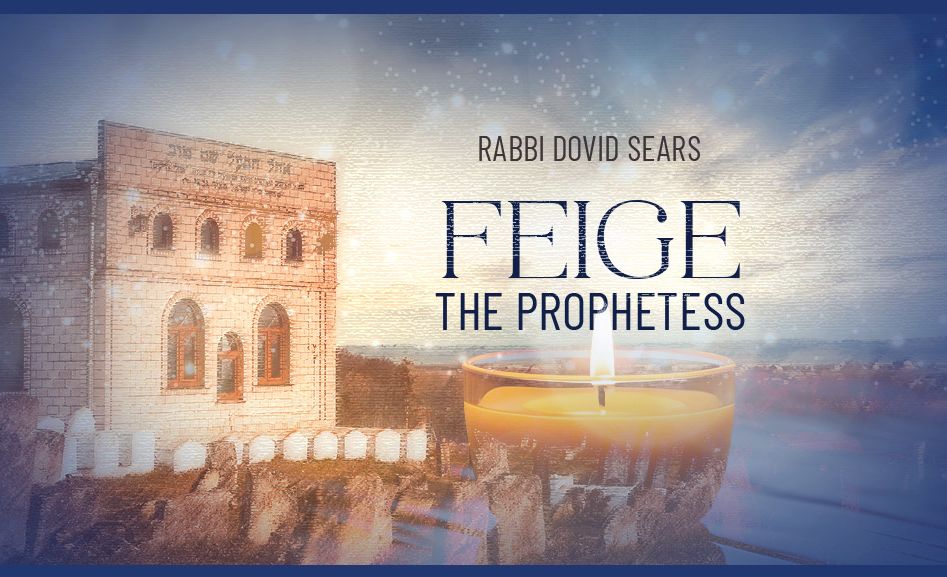
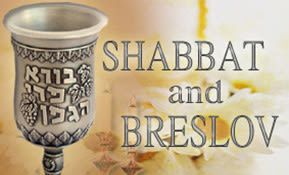
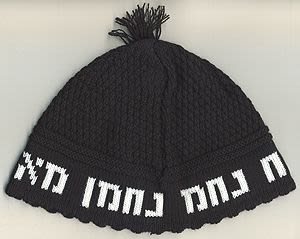
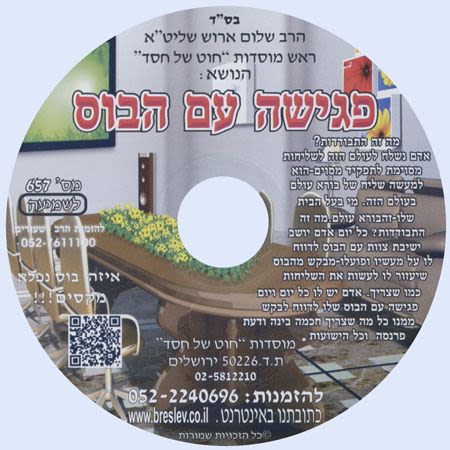
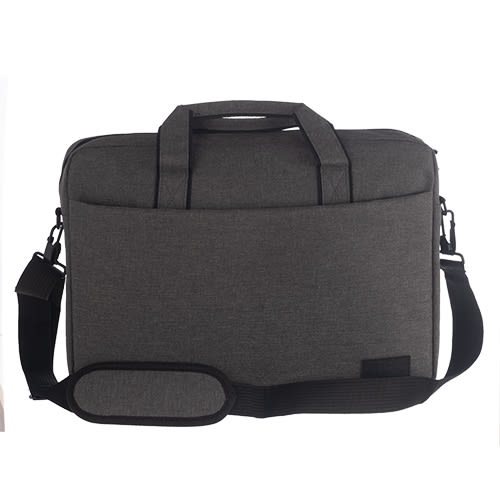
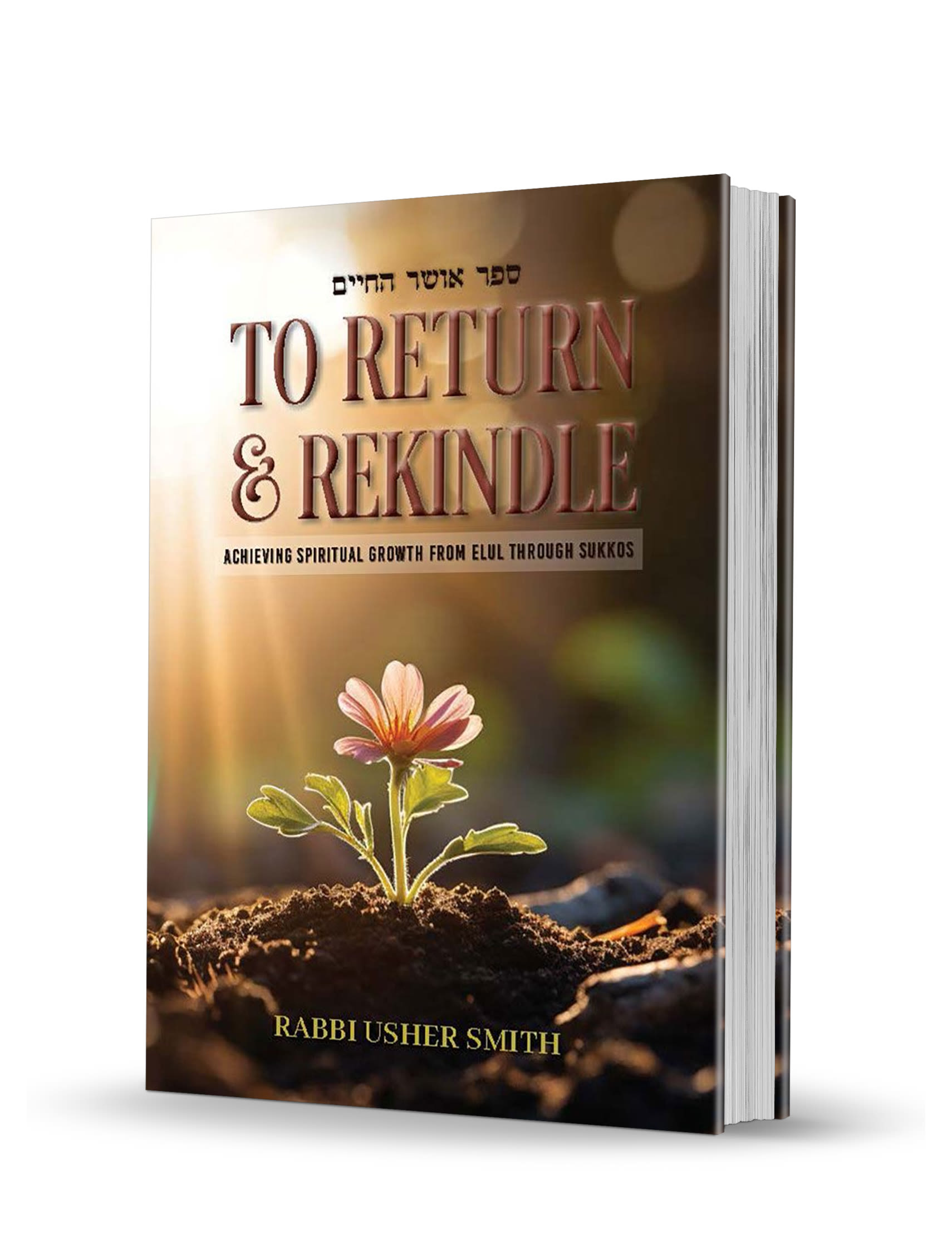

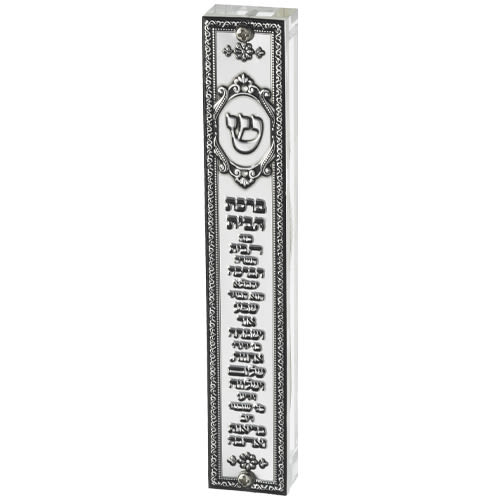
Tell us what you think!
Thank you for your comment!
It will be published after approval by the Editor.